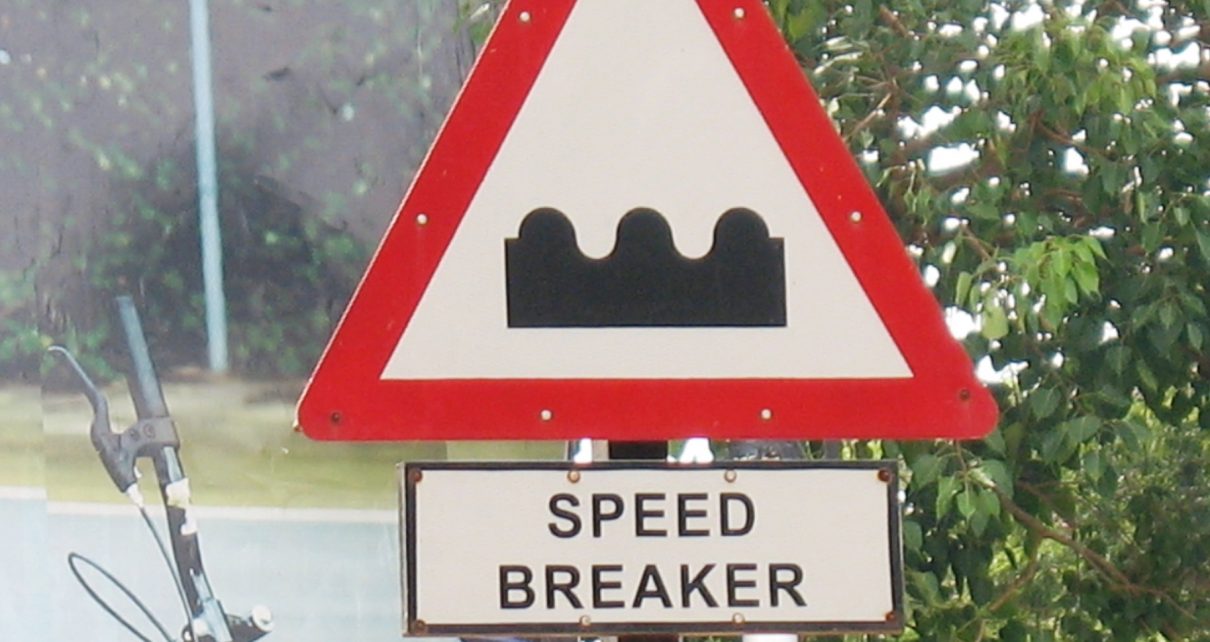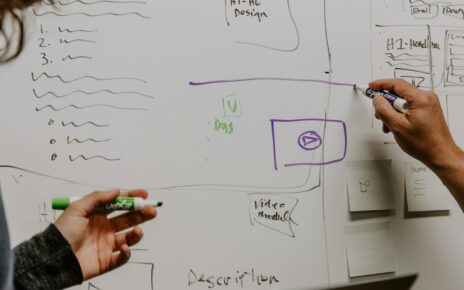The role of design in communication is often misunderstood. Designers are often assumed to be those who create cute animations, spruce up awful presentations, make posters look catchy and cover up bad ideas and poor thinking. The Design Summit, organized by NASSCOM at Bengaluru today debunked such myths and provided interesting insights into the world of design in everyday life and more.
Converging retailers, user-experience experts, product leaders, start-ups, educationists, communicators, practitioners and of course, designers this event helped unravel a wide range of subjects such as venture design, experience design, problem solving, gaming, startups, mobile, culture, health and innovation. Be it machine learning, block chain or APIs, there is design taking place somewhere. Even in corporate communication or corporate social responsibility. Those organizations who invest in building design thinking, knowledge and leadership are able to outgun those who don’t.
Called ‘getting design in the DNA’, the event put the spotlight on the role of design in improving the world around us. If you look around us, everything we see has been designed either by man – for example, cars; or by God – for example, nature!
Here are my key take-aways from the event and what it means for communication and social responsibility professionals –
– Design is essential in any walk of life and we need to start early. Today, students are learning to code, and that’s a great sign of design thinking coming into play.
– It is about removing barriers from being efficient at work. Be it the intelligent lighting in buildings to how you design your organization’s rewards program, there are numerous instances where designing in its truest sense works.
– Design isn’t just about products. It applies to services and processes and systems.
– Immersing yourself in the problem that people experience, listening intently and bringing in perspectives from unrelated areas can open up immense design value.
– To be having a ‘design’ mindset means to leave your ego behind, truly want to make a difference, be patient, persistent, connect the dots and revisit assumptions.
– Recognize and reward failure to build better and greater designs
– Great design doesn’t just happen. It takes strategic thinking and planning along with the ability to execute to plan.
– To be able to appreciate unmet and unarticulated needs is also the role of design.
– Design isn’t for designers alone – anyone who is curious, has an iterative mindset, thinks for the customer and is willing to add value can use design purposefully.
– Helping stories come alive and making them long lasting is what great design does
While all this provided context and perspective, a line by Ameen Haque of Storywallahs stuck with me – “a great message can’t fix a bad design”. Communication can only do so much, it can’t help resurrect designs that aren’t insight-led or user-driven or not focused on outcomes.



